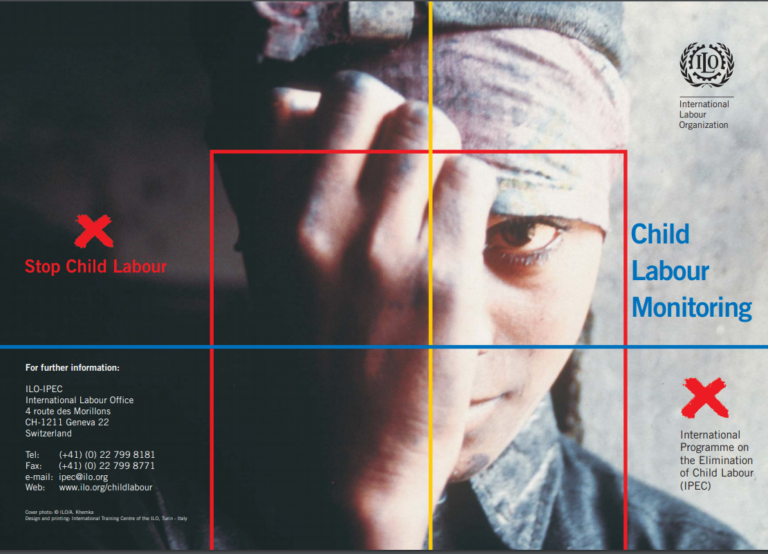The Counter-Trafficking Apparatus in Action: Who Benefits From It?
PublicationsBased on long-term ethnographic research, including documentary research, qualitative interviews and observations made at a Portuguese shelter for “sex trafficked women,” this paper explores the counter-trafficking apparatus questioning who bene...Read More

